Byte side: TCP three-way handshake, very detailed questions!
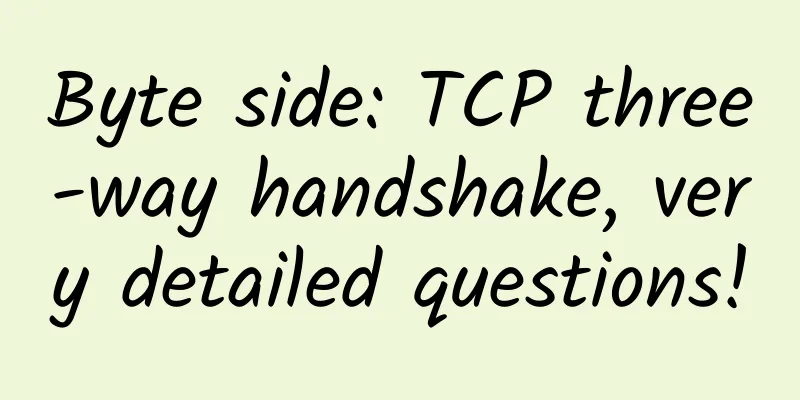
|
Hello everyone, I am Xiaolin. A reader was asked this question during an interview with ByteDance: To sum up, there are two questions: In the TCP three-way handshake, if the ack confirmation number received by the client in the second handshake is not what it expected, what will happen? Will it discard it directly or return a RST message? Under what circumstances will an incorrect ack (ack in the second handshake) be received? FAQWithout further ado, let me get straight to the point. The process is to return an RST message. The process is as follows: Three-way handshake to avoid historical connections When the client sends multiple SYN packets to establish a connection, and the network is congested, the client will receive an incorrect ack. The specific process is as follows:
The "old SYN message" mentioned above is called a historical connection. The main reason why TCP uses a three-way handshake to establish a connection is to prevent the "historical connection" from initializing the connection. We can also know from RFC 793 the primary reason why TCP connections use a three-way handshake: The principle reason for the three-way handshake is to prevent old duplicate connection initiations from causing confusion. In short, the primary reason for the three-way handshake is to prevent old repeated connection initialization from causing confusion. The example diagram of the three-way handshake to prevent historical connections given by RFC is as follows: RFC 793 If it is a two-way handshake connection, the historical connection cannot be blocked. Then why can't the TCP two-way handshake block the historical connection? Let me first state the conclusion. This is mainly because in the case of two handshakes, the "passive initiator" has no intermediate state to give to the "active initiator" to prevent the historical connection, which causes the "passive initiator" to establish a historical connection, resulting in a waste of resources. Think about it, in the case of two handshakes, the "passive initiator" enters the ESTABLISHED state after receiving the SYN message, which means that it can send data to the other party at this time, but the "active initiator" has not entered the ESTABLISHED state at this time. Assuming that this is a historical connection, the active initiator determines that this connection is a historical connection, then it will return a RST message to disconnect the connection, and the "passive initiator" enters the ESTABLISHED state during the first handshake, so it can send data, but it does not know that this is a historical connection. It will only disconnect after receiving the RST message. Two-way handshake cannot prevent historical connections It can be seen that in the above scenario, the "passive initiator" did not block the historical connection before sending data to the "active initiator", causing the "passive initiator" to establish a historical connection and send data in vain, which completely wasted the resources of the "passive initiator". Therefore, to solve this problem, it is best to block the historical connection before the "passive initiator" sends data, that is, before establishing a connection, so as not to waste resources. To achieve this function, a three-way handshake is required. Source code analysisDoes it mean it will return RST if I say so? Of course not. I must use the source code to prove my conclusion. Some students may feel discouraged when they hear that they need to analyze the source code. In fact, to analyze our problem today, you just need to understand if else. I can also use Chinese to express the logic of the code, so it is okay to just read my text. This time we focus on analyzing how to handle the syn+ack message with an incorrect confirmation number when in the SYN_SENT state. The client in the SYN_SENT state will eventually call tcp_rcv_state_process after receiving the syn+ack message from the server, where it will do corresponding processing according to the TCP state. Here we only focus on the SYN_SENT state. // net / ipv4 / tcp_ipv4.c It can be seen that the tcp_rcv_synsent_state_process function will continue to be called next. static int tcp_rcv_synsent_state_process ( struct sock * sk , struct sk_buff * skb , From the above function, we can know that when the client is in the SYN_SENT state, if it receives a syn+ack message with an incorrect confirmation number, it will return a RST message. summaryIn the TCP three-way handshake, if the ack confirmation number received by the client in the second handshake is not what it expected, what will happen? Will it discard it directly or return a RST message? Return RST message. Under what circumstances will an incorrect ack (ack in the second handshake) be received? When the client initiates multiple SYN messages and the network is congested, the "old SYN message" arrives at the server earlier than the "new SYN message". At this time, the server will reply with a syn+ack message according to the received "old SYN message", and the confirmation number of this message is not what the client expects to receive, so the client will reply with a RST message. |
<<: What exactly is the cache technology that supports high concurrency?
>>: Five ways 5G will change manufacturing
Recommend
ReliableSite: 1Gbps unlimited dedicated server in New York/Miami/Los Angeles starting from $29/month
ReliableSite is a business that specializes in pr...
How to avoid safety traps when using mobile phones for the elderly? Remember these "iron rules"
With the development of mobile Internet, people o...
Eight surprising ways remote work can help your business
The rise of remote work is arguably the biggest c...
The final of the Maker Beijing 2020 Kunpeng Application Innovation Competition is about to begin. Who will win the championship?
On August 20, 2020, the Maker Beijing 2020 Kunpen...
iWebFusion: Los Angeles and other 5 data center servers starting from $49/month, E3-1230v3/16GB/250G SSD/10TB/IPv4+IPv6
iWebFusion (iWFHosting) is a subsidiary of H4Y, a...
The battle of 1G to 5G, the communication reshuffle is about to begin
Recently, there has been a big conflict between H...
A brief analysis of the application of NAT technology in cloud gateway
Labs Guide With the increase of network applicati...
Why do you need to master the data center structure diagram?
The computer room of a data center often encounte...
2021: Connectivity disruptors
From 5G to Wi-Fi 6, connectivity is opening up ne...
Network streaming media protocol - RTSP protocol
RTSP (Real-Time Stream Protocol) is a text-based ...
Will 5G replace NB-IoT immediately after commercialization? Not really!
From May 21 to May 25, the international telecomm...
5G healthcare development direction and challenges
[[403098]] The development of 5G healthcare has e...
Will 5G play a big role in supporting the next generation of smart cities?
As cities become more crowded and complex, the ne...
5G has no presence? Wrong! It has already "bloomed in many places"
5G has been commercially used in my country for a...
Practical example: Why is the VPN file transfer speed only 20M? My corporate headquarters-branch has a 100M dedicated line!
Background The client company is a clothing retai...


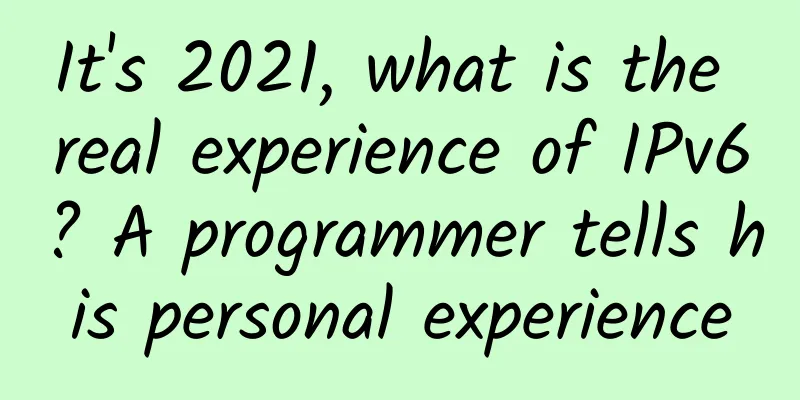
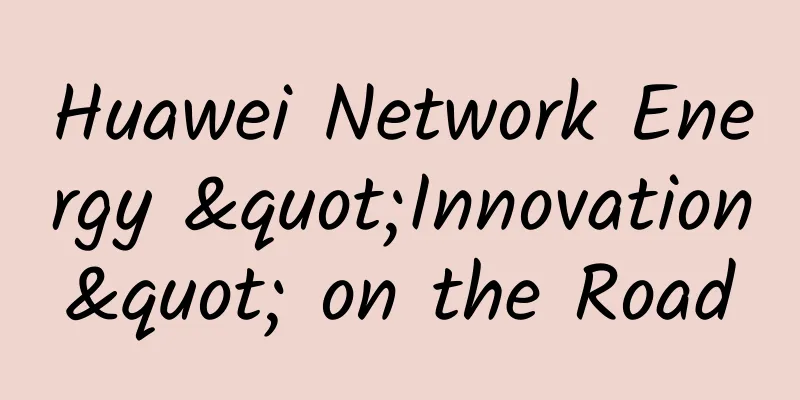
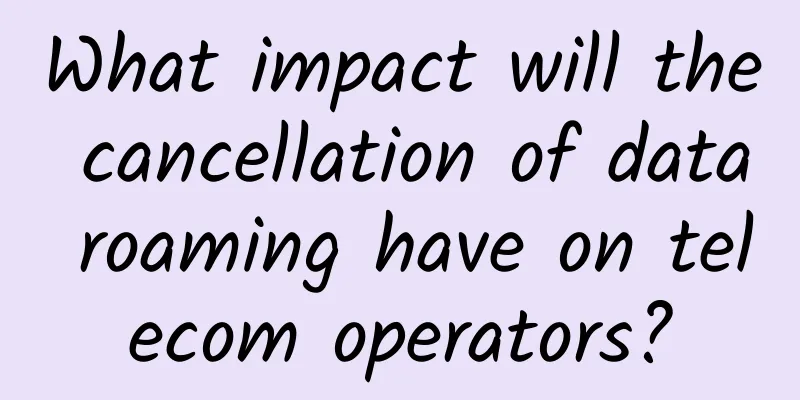
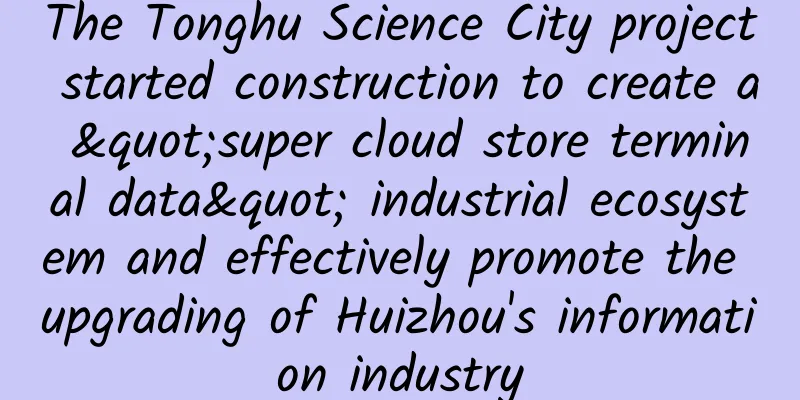
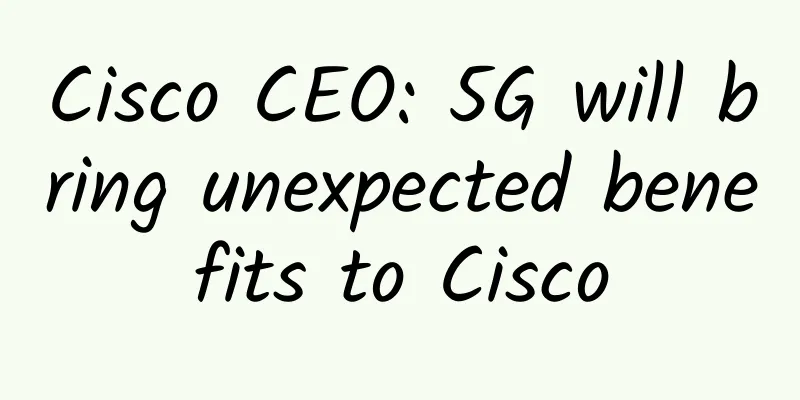

![[2024] Inventory of high-defense VPS merchants, US high-defense VPS/Hong Kong high-defense VPS](/upload/images/67cabc6e34c3c.webp)